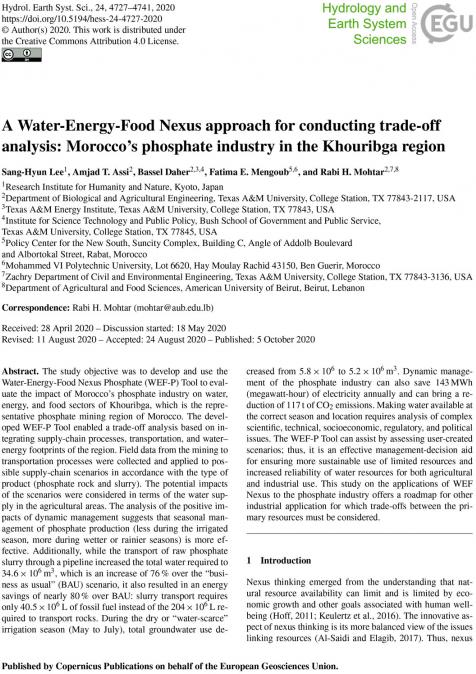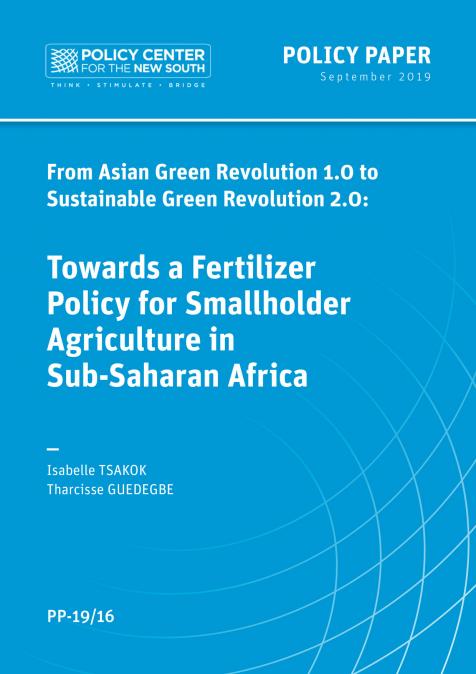Publications /
Opinion
Minus 50 degrees Celsius is a challenge for human beings who were not raised in the Arctic, becoming familiar with polar bears and dog sleds. Plus 50 degrees Celsius is part of a nomadic reality, of survival in the desert, short of water and shadow, but rich in stars above and vicious vipers in the sand. Eskimos, known as Inuit and Yupik, and Bedouins and Tuaregs, indigenous people, survive by trusting instinct and their embrace of nature, strengthened throughout childhood by cod liver oil or camel milk. More than half a century ago, in January 1968, I experienced for the first time the dark winter of the Arctic, and temperatures between minus 30 and minus 50 degrees Celsius, made worse by 94 mile per hour winds in Greenland: Danish territory, unending ice, three kilometers thick, glaciers, snow. An American military station, named Thule Air Base. It was a forward observation post of the Cold War, operating early warning systems for a feared nuclear exchange with the Soviet Union, assisted from the air by nuclear armed B-52s that were on watch 24/24.
One of these bombers caught fire, exploded and crashed into the ice. Four nuclear bombs were ruptured leading to nuclear contamination of water and ice, and the air polluted with deadly radiation near the crash site, although the bombs did not explode. Eskimos searched for surviving crew members, who risked freezing to death. The six airmen (one was killed when his parachute caught fire exiting the falling plane) were unable to move or speak when they were found by dogsled-equipped search crews. I reported on the drama, 24 hours in almost total darkness each day, protected against the evil cold by special polar clothing.
Now the Arctic is disappearing, sabotaged by humans. We are witnessing a historic meltdown, which is endangering the human race. Global warming seems out of control, despite promises and agreements made by almost 200 governments in Paris in 2015, the so called COP21. This November 2021 they meet again in Glasgow for another make or break affair.
The Arctic is warming twice as fast than anywhere else on earth. The result is dramatic: the rate of ice-sheet retreat, reported by Deutsche Welle (March 22, 2021), has increased by nearly 60% since the 1990s: “That’s a 28 trillion-ton net loss of ice between 1994 and 2017”. In 2018, the winter ice sheet in the Bering Sea, bordering Alaska, was at its lowest levels in over 5000 years. “If the fast retreating Antarctic ice sheet, the world’s largest, completely melted”, Deutsche Welle warned, “the world’s oceans would rise by about 60 meters. Armageddon, London, Venice, Mumbai and New York would become aquariums”. In 2019 “a total of 532 billion tons of ice were lost in Greenland”, confirmed German news magazine Der Spiegel (August 24, 2021).
On August 14, 2021, a research team from the US National Science Foundation, located in complete solitude in East Greenland, their base 3216 meters above sea level (the nearest settlement, Ittoqqortoormiit, was 286 miles away), reported nine hours of rainfall, Der Spiegel writer Christoph Seidler reported: temperatures were above freezing. According to Peter Ahlstroem, a Danish glaciologist, such an event should happen only every 250 years, but Greenland has now recorded rain in 2012, 2019 and 2021. Between August 14 and 16, an estimated seven billion tons of rainwater flooded the land, which lost 8.5 million tons of ice in a single day in July 2021, for the third time in a decade.
Meanwhile, the Antarctic Peninsula—the northwest tip of Antarctica closest to South America—noted Petteri Taalas, Secretary General of the World Meteorological Organization (WMO) “is among the fastest-warming regions on the planet.” The temperatures on the peninsula have risen nearly three degrees Celsius in the last 50 years. “If emissions aren’t sufficiently scaled back to mitigate climate change, some researchers reckon, oceans will definitely rise by at least two meters by the end of the century.” That is still enough, warned Deutsche Welle, “to swamp the several hundred million people living below five meters above sea level. Another 350 million or so living higher up would have to relocate to escape regular coastal flooding”.
The world’s mountain glaciers, which number roughly 200,000, are also melting much faster than they can accumulate these days. They cover less than 0.5% of the Earth’s landmass, but provide fresh water to about a quarter of the world’s population. Scientists warn that their disappearances have put about a billion people at risk of water scarcity. Deutsche Welle: “Cities like Santiago in Chile are watching a big part of their drinking water supply literally dry up as glaciers in the nearby Andes retreat. Meanwhile, the European Alps that supply so much fresh water across the region have shrunk by about half since 1990 and will be almost ice free by century’s end, if nothing more is done to curb warming”.
Code Red for Humanity
Several times since my visit to Greenland’s deep freezer, I have passed through Death Valley, 86 meters below sea level, in the Californian Mojave Desert, where (in June 2013) a temperature of 54 degree Celsius was measured. The dramatic warming of the globe, with incredible temperatures recorded in Morocco or Sicily this summer, the heat touching 50 degrees Celsius, is not limited to the Sahara, Asia’s Gobi or Saudi Arabia’s Rub al Khali. Global survival itself—the human race’s existence—is threatened.
Yet, apparently, billions of global citizens are unable or unwilling, just like former American President Donald Trump, who denies climate change, to understand how growing temperatures are bringing the Jet Stream and the Gulf Stream (one of the world’s most important ocean currents) out of their natural balance. Global warming is connected to drought and forest fires, higher temperatures, more heat waves, impacts on food security, more tropical cyclones, sea level rise, air pollution caused by the use of fossil fuels, sand and dust storms, and reduced levels of water oxygen and water security.
The Intergovernmental Panel on Climate Change (IPCC) report published by the United Nations (UN news report, August 9, 2021), prompted UN Secretary General Antonio Guterres to tweet: “The evidence is irrefutable: greenhouse gas emissions are choking our planet & placing billions of people in danger. Global heating is affecting every region on Earth, with many of the changes becoming irreversible. We must act decisively now to avert a climate catastrophe.” For Guterres, the IPCC report, prepared by 234 scientists from 66 countries, is “nothing less than a code red for humanity. The alarm bells are deafening, and the evidence is irrefutable.”
NASA analysis shows that 2020 tied for the record of hottest year ever. Space.com confirmed (August 19, 2021) that the past July was “the hottest month in recorded history”. The culprit was quickly identified by IPPC experts: “human influence has marked the climate at a rate which is unprecedented in at least the last 2000 years”. Atmospheric CO2 concentrations are higher than at any time in at least two million years, and concentrations of methane and nitrous oxide are higher than in the last 800,000 years.
Global surface temperature has increased faster since 1970 than in any other 50 year period over at least the last 2000 years. Coastal areas will see continued sea level rises throughout the twenty-first century, contributing to more frequent and severe coastal flooding and erosion in low-lying areas. “Extreme sea level events that previously occurred once in 100 years, could happen every year by the end of this century. The global mean sea level has risen faster since 1900 than over any preceding century in at least the last 3000 years” (Business Standard, August 9, 2021).
On May 27, the WMO warned: “There is about a 40% chance of the annual average global temperature temporarily reaching 1.5 degree Celsius above the pre-industrial level in at least one of the next five years-and these odds are increasing with time… There is a 90% likelihood of at least one year between 2021-2025 becoming the warmest on record, dislodging 2016 from the top ranking”. Guterres said, “We know that to avert the worst impact of climate change, we must keep global temperatures within 1.5 degrees Celsius of the pre-industry baseline. That means reducing global greenhouse gas emissions by 45%, from 2010 levels by 2030, and reaching net zero emission by 2050”.
That may be the vision, but scientists from the IPCC have warned that global warming of 2 degrees Celsius will be exceeded during the twenty-first century, unless rapid and deep reductions in CO2 and other greenhouse gas emissions occur in the coming decade. Without such cuts, achieving the goals of the 2015 Paris Agreement, “will be beyond reach”.
The opinions expressed in this article belong to the author.




